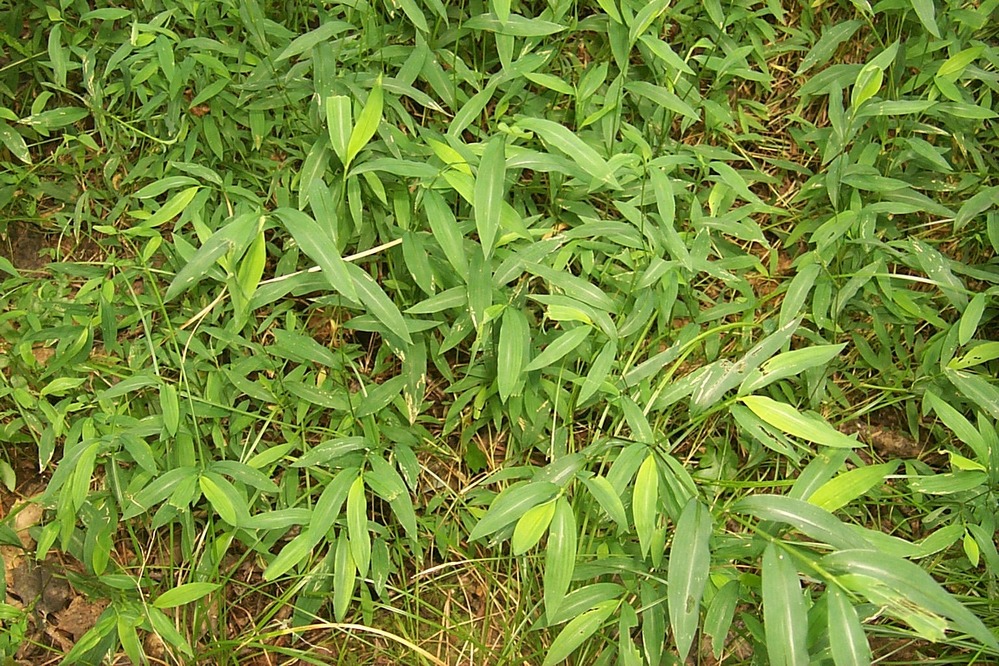
Japanese Stilt Grass (Microstegium vimineum) from NPS Gallery
Japanese Stiltgrass is a non-native plant that poses a serious threat to the natural environment of Catoctin Mountain Park. It is native in East Asia and was first introduced in 1909. It was mainly used as “a packing material for Asian Porcelain.” (NPS, 2015) The grass grows up to 3 feet high and can suffocate out many native species.
A main cause for the spread of Stiltgrass is the overpopulation of deer in the Catoctin region. Deer populations have been increasing because there is a lack of predators, and an abundance of food and habitat. The deer do not eat the Stiltgrass, however they do spread the seeds around the park on their hooves and bodies.
Catoctin Mountain Park came up with two possible solutions. The first was to build a deer fence to reduce the amount of deer in the park and thus minimizing the spread of stiltgrass. However, deer fences are very costly and not always practical for a national park.
The second was to lethally remove the deer in the Catoctin region by “qualified federal employees.” (NPS, 2019) The goal was and remains to reduce the population to 15-20 deer per square mile. A number determined by the Deer Management Plan/Environmental Impact Statement. The solution was implemented and worked very well. Stiltgrass went from covering 17% of the park to 11% allowing for more growth of native species.
The venison meat did not go to waste. Since the start of the project in 2010 “more than 36,000 pounds of venison from Catoctin” (NPS, 2019) were donated to nonprofits.
Grace Carroll
Sierra Club Maryland Chapter Stewardship Intern
stewardship.intern2@mdsierra.org
For more on deer management
Sources:
“Nonnative Species.” National Parks Service, U.S. Department of the Interior, 2015
“White-Tailed Deer Management.” National Parks Service, U.S. Department of the Interior, 2019